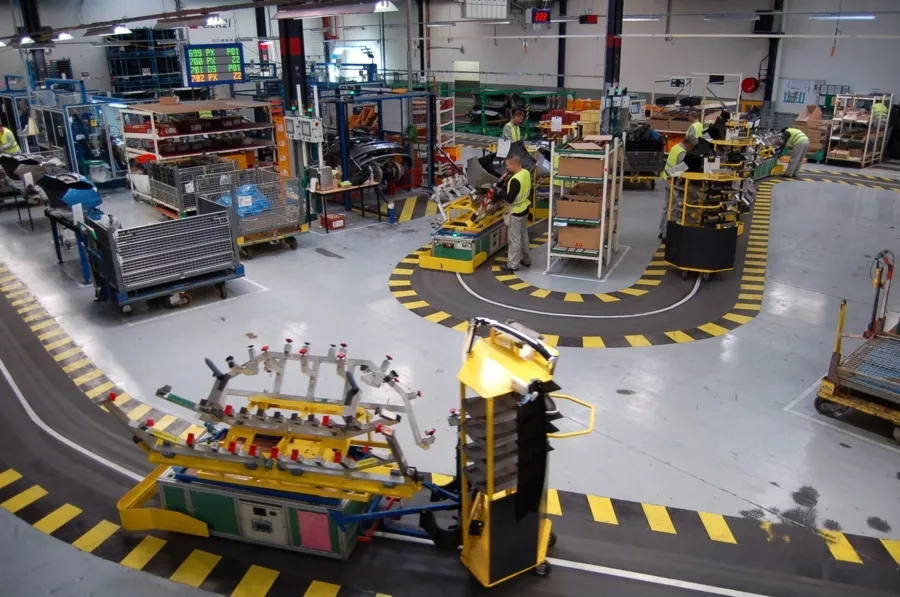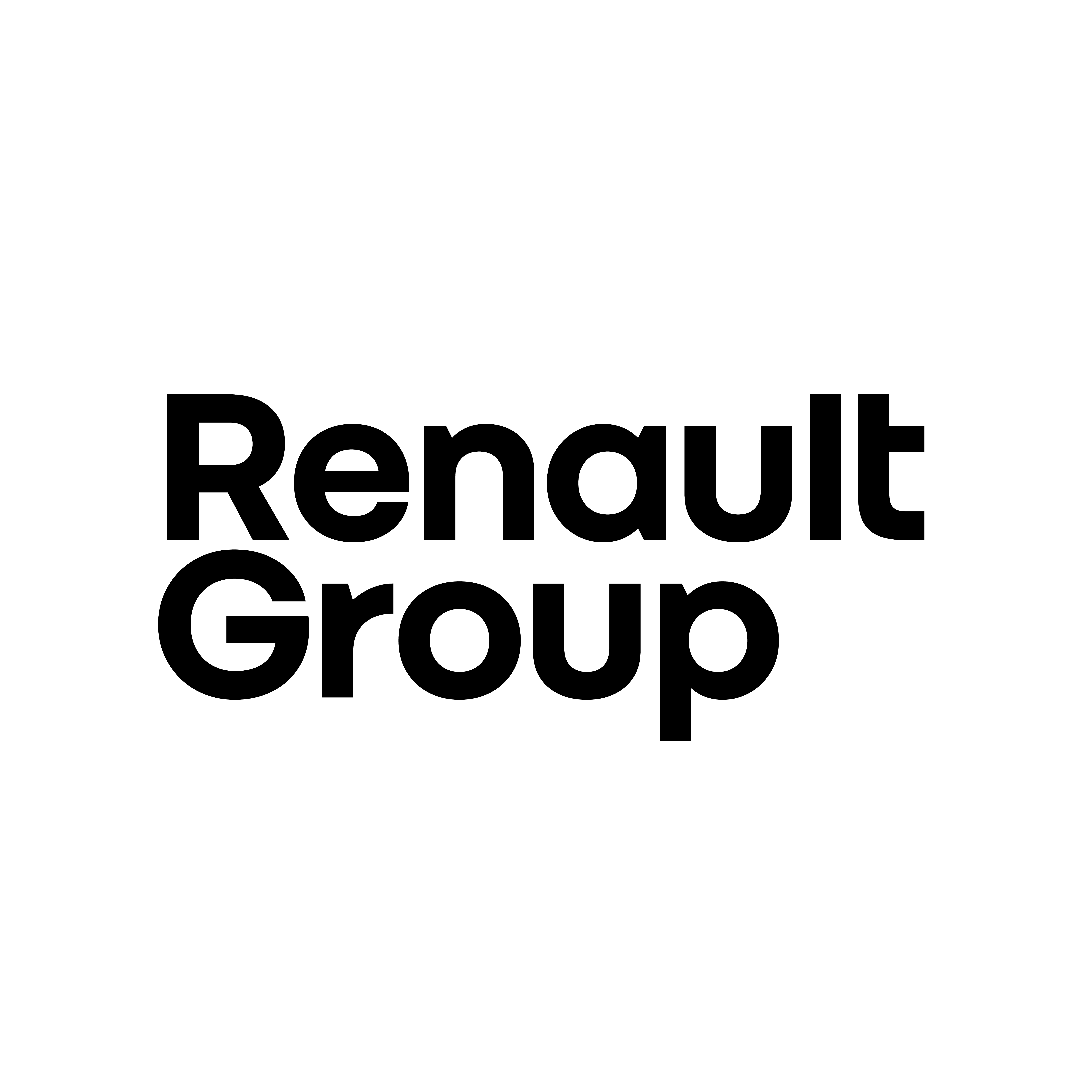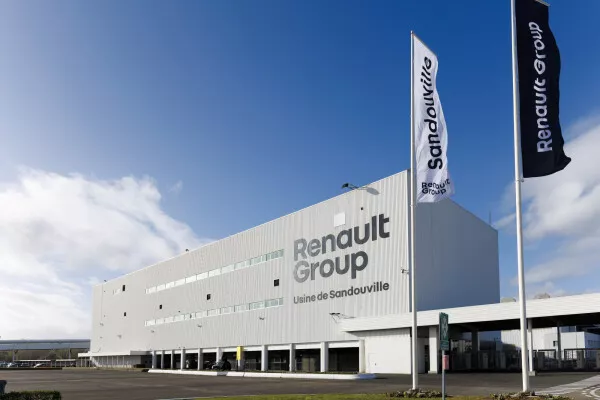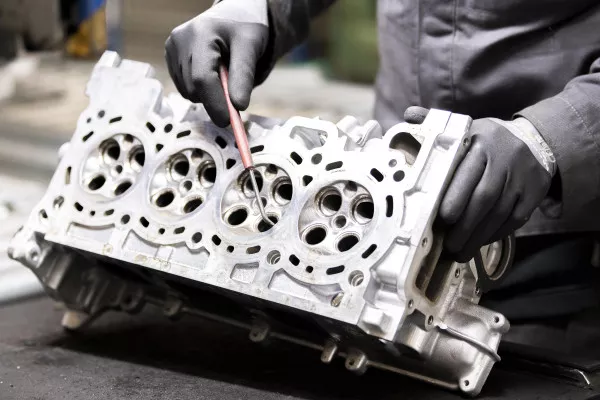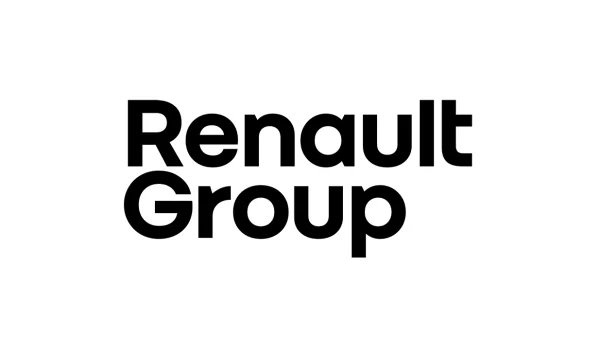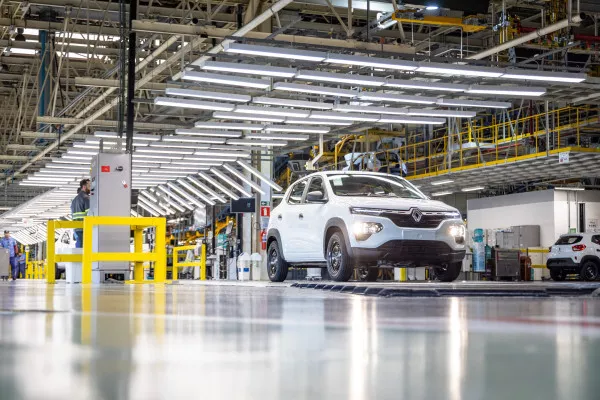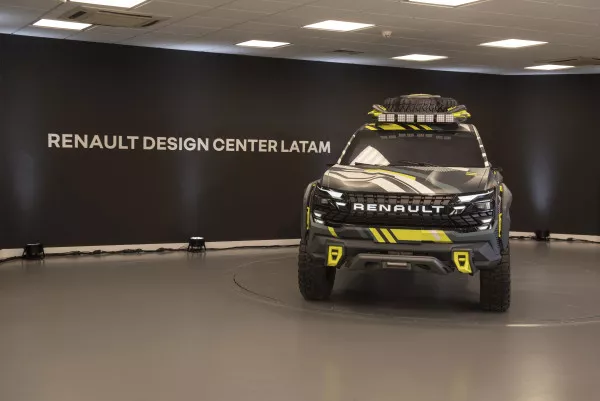The Douai site undergoes a transformation to build its future
22 May 2013 11:00
The Georges Besse plant in Douai (France) is undergoing a transformation that will enable it to welcome the successors of Espace, Laguna and Scénic from 2014. Renault has announced an industrial investment of €420 million for this project.
- From 2014, the plant will be able to build five bodies on a single line meeting the highest standards of performance.
- This is an industrial challenge for the plant, which will implement new technologies while modernizing its existing tool base. It is also a human challenge, based on skills-building and more than 35 years of expertise.
A plant undergoing major changes in order to build its future
Plant performance is key to the success of the Renault group’s strategic plan. As part of this plant, Renault is upgrading its industrial base and has announced an investment of €420 million for the Douai plant. The objective is to build five bodies on a single line meeting the highest standards of performance.
Building the successors to Espace, Laguna (estate & hatch) and Scénic (short and long) from 2014 is an industrial challenge for the plant. Thierry Bolloré , Executive Vice-President, Manufacturing and Supply Chain, Renault group, said: “ The aim is for the plant to move into a new segment – executive vehicles – and to manage an unprecedented level of diversity. This will make it less dependent on market fluctuations and thus more efficient .”
The Douai plant is also preparing to switch to a single-flow “standard”, i.e. with just one line. Single-flow operation is a strategic choice that is becoming a standard common to all Renault group plants in Western Europe (France, Spain Slovenia). It will enable plants to adapt more easily to fluctuating demand and to react more quickly, while also demanding greater flexibility and better management of diversity. Reflecting this aim, the Douai plant has cut capacity in order to adapt to the structural downturn in the market, but the actual planned level of production is higher than today.
This ability to manage a wide diversity of vehicles from different range segments has been made possible by the engineering department, which has designed a number of standardized architectural components for vehicles from the same Renault and Nissan family. This new approach to engineering will concern a growing number of vehicles in the range. From an industrial standpoint, this approach can be seen in the shared sequencing of assembly operations.
An industrial and human challenge
Work began in summer 2011 to adapt the industrial base for the arrival of five new vehicle bodies. A significant part of the work currently in progress involves the introduction of new stamping technologies (Douai has one of the Renault group’s biggest press shops):
- Hot stamping: a first in the Renault group. This technology brings reductions in weight since the sheet metal is thinner (thus also cutting CO2 emissions), while improving safety, since the material gains the advanced mechanical characteristics of tempered steel: strength and elasticity.
- Expansion of the plastics unit : two new presses and a new assembly line. Douai is to increase production in this unit, with a significant part of output being exported to other Renault group plants.
- Aluminium stamping: used for the first time at the Douai plant, this technology will bring reductions in weight, thus also cutting CO2 emissions.
Major work is also underway to modernize the existing tool base. For example:
- the re-gauging of some tools and installations, particularly in the paint shop,
- the transformation and modernization of tools, to increase flexibility and thus manage greater product diversity.
- In the body shop, introduction of a new panel line to manage greater product diversity.
- In the final assembly shop, switch to a single line organized in a large U-shape, with logistics nearby. In this way, the plant is switching to a full kitting assembly process: logistics prepares parts kits that are placed next to the line for direct assembly. This improves both ergonomics and quality.
- Lineside areas are freed up, for an airier working environment and improved safety conditions.
- A variable height seating (SHV) programme has been introduced to improve working comfort from an ergonomic standpoint.
This industrial challenge goes hand-in-hand with a human challenge: building the skills required by the new industrial environment around a quality policy implemented by the entire workforce. The quality expertise of the Douai plant already meets high standards. This is clear from its results. The 2012 ADAC ratings place Scénic and Mégane just behind the premium brands. Specifically, for the arrival of the new range, all personnel will receive training covering the new products, the new industrial facilities, and the associated objectives.
Sur le même sujet
